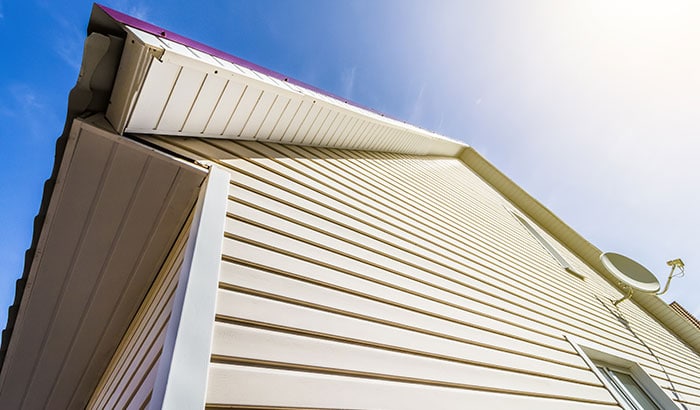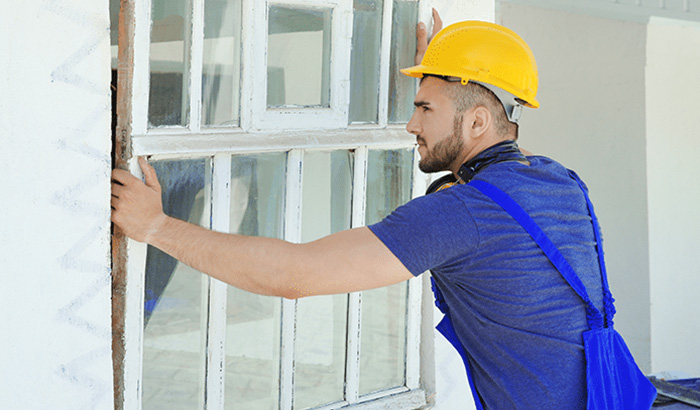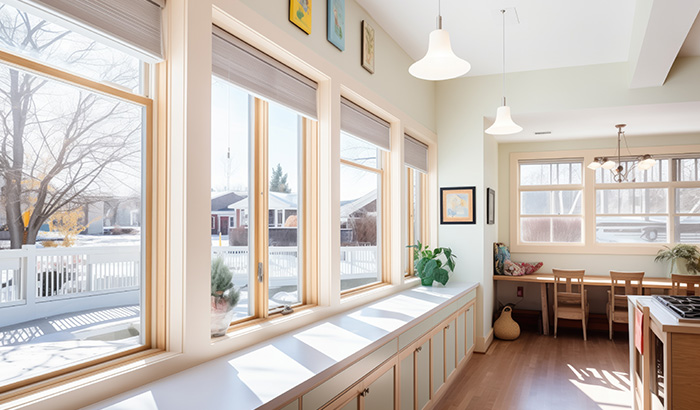When choosing window frames for your new windows, you have many options that will fit your budget and the style of your home, be easy to maintain, and provide you with the energy efficiency you need. Any of the most popular materials, which include fiberglass, vinyl, aluminum, or composite, can meet Energy Star certification, so your choice is not limited.
The Purpose of Window Frames
The purpose of a window frame is to block the infiltration of air around the sides of the opening. When combined with the right window treatments, the frames can reduce heating bills by up to 40%. Many window framing materials offer low maintenance along with efficiency, but others require painting or staining.
While you may not even need to replace the frame when you replace the glass and sash, adding new window frames can incorporate the best energy efficiency. As a unit, the window and frame can significantly improve the energy efficiency of your home, especially when you select Energy Star windows.
Framing Materials
ENERGY STAR certified windows come in a variety of framing materials.
- Vinyl frames, the most affordable type of frames, have an internal honeycomb of foam chambers to improve insulating quality by trapping air. They are extremely low maintenance, which makes them particularly attractive to busy homeowners. Developed in the 1970s, they are offered as stock products by most of the major window companies for both new installations and replacements. For a custom look, you can add wide vinyl sills that are reinforced with metal or wood.
- Aluminum frames, while durable and low maintenance like vinyl, tend to conduct heat out of the house. They have an undesirable U-value as high as 2, in comparison to the 0.3 to 0.5 range of vinyl or wood frames. Recyclable, usually with at least 15% recycled content, they are better suited for warmer climates. However, frames may include thermal breaks to reduce conductive heat loss through the metal.
- Wood frames, less dominant in the industry, are strong, provide good insulation, and are generally favored in high-end and historic neighborhoods. To reduce maintenance, the exterior surfaces of many wood windows are clad (or covered) with aluminum or vinyl, while the inside surfaces are painted or stained.
- Fiberglass and composite frames, made in the manufacturing process with materials similar to the bumpers on cars, are strong, durable, low maintenance, and provide good insulation. They are more energy-efficient than vinyl and have prices at the midpoint between vinyl and wood.
- Combination frames, such as clad wood windows described above, use different materials separately throughout the frame and sash to get the best look and performance.
Certifying Window Frames
Window units receive ratings from the National Fenestration Rating Council (NFPC) that shows the amount of heat let in (U-value) and the solar heat gain (SHGC). Windows that are certified as Energy Star are 15% to 40% more efficient than building codes require. The American Architectural Manufacturers Association and the National Wood Window and Door Association also have standards for wood, vinyl, and aluminum windows; certified windows are issued a sticker that attest the structural compliance to performance standards.
If you are shopping for new or replacement windows and frames, work with a local professional an extensive selection by the top names in the industry and expert installation to maximize your warranty and energy efficiency. For a free in-home consultation and estimate for new window frames, contact Mountain States Windows and Siding in Lehi Utah.





